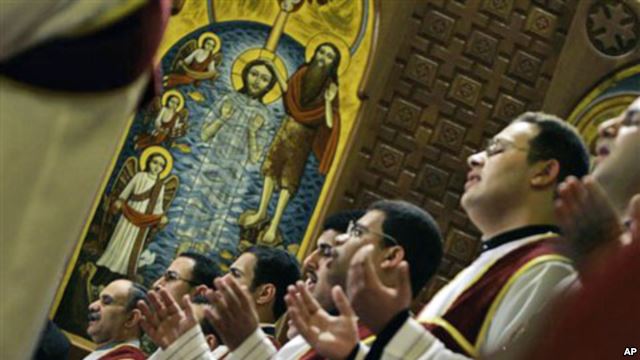
By Marina Kilada
Today, the Coptic Orthodox community -one of several minorities in Egypt- celebrates the beginning of the year 1738 on the Coptic calendar, anno martyrum or AM (Latin for Era of the Martyrs). The Coptic New Year, Nayrouz, is celebrated on September 11 on the Gregorian calendar, except for the year preceding a leap year when it’s celebrated on September 12.
Based on the ancient Egyptian calendar, the Copts still adopt the 13-month calendar to date.
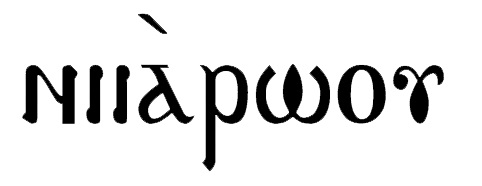
Inspired by the agricultural seasons of the Egyptian year, the calendar represents three main seasons; the flooding of the Nile, vegetation, and reaping and harvesting.
While Nayrouz is celebrated among Copts, and despite the calendar being associated to the Coptic year, outside the walls of church, modern-day Egyptian farmers of all faiths and religions use the calendar as a basis for regulating the cycle of seeding and harvesting crops.
Foreign to the origins of the Gregorian calendar, the Coptic calendar’s months are named differently, starting with Tout and ending with Nasie.
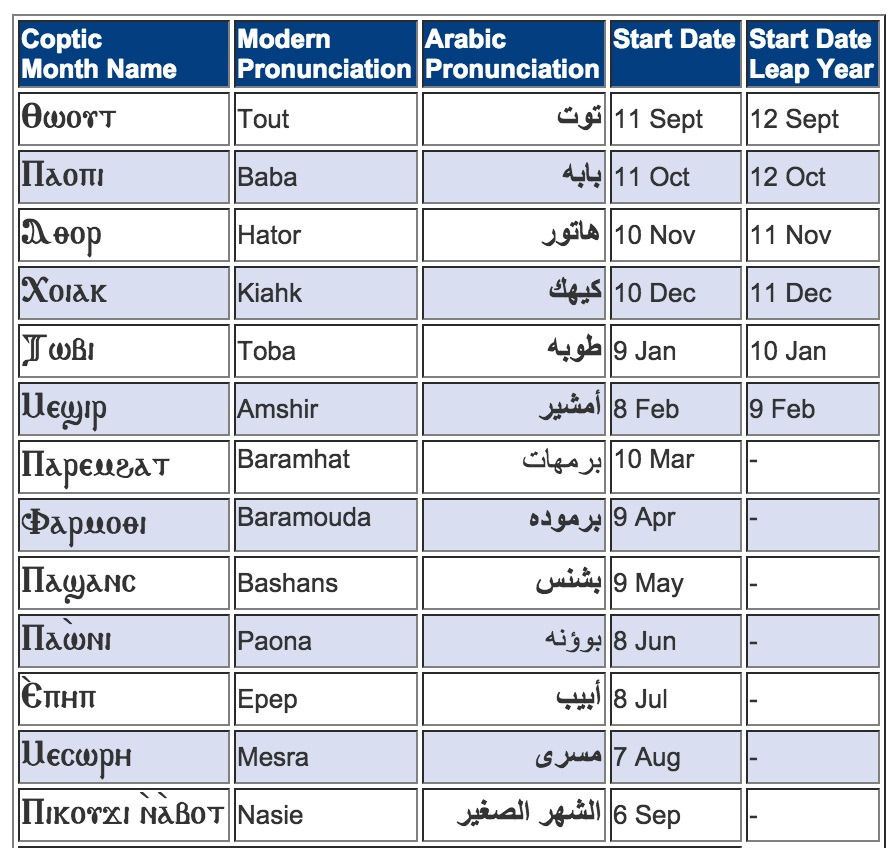
Nayrouz, which is celebrated on the first day of Tout, commemorates the era of martyrdom that the Copts endured under the Roman emperor Diocletian circa 280 C.E, hence the naming of the calendar as Era of the Martyrs.
According to the Coptic tradition, Diocletian is narrated to have been infamous for torturing and executing thousands of Christians, unsuccessfully forcing them to deny their faith. Despite the great suffering, the Era of Martyrs is remembered as the Church’s strongest period due to its ability to withstand and survive the challenges unchanged.
Tertullian, a second century Western Church father states that “the blood of the martyrs is the seed of the church,” which is a saying and concept that has been adopted by churches since then and until our current day.
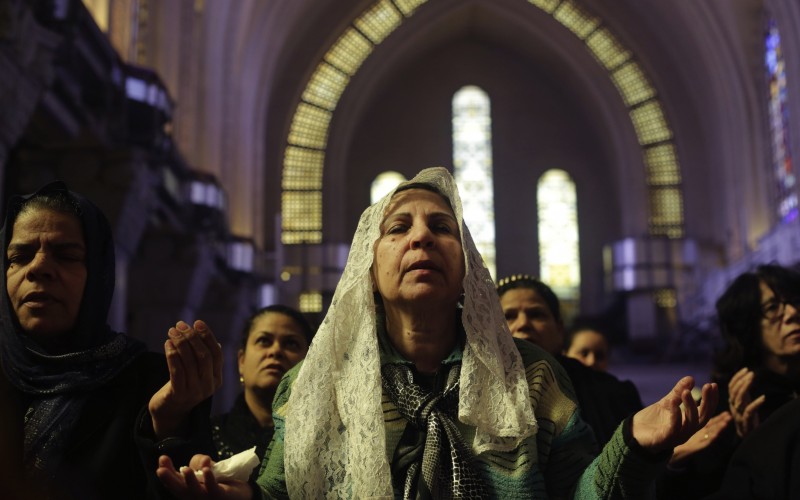
The word Nayrouz that we know today has undergone many modifications. Originally, the word comes from the Coptic word ni-yarouou (translates to rivers). According to Nabil Farouq’s book عيد النيروز: أقدم عيد لأقدم أمة (The Nayrouz Feast: Oldest Feast for the Oldest Nation), the suffix ous was added under the Hellenistic era.
By the time the Arabian culture had left its mark on the Egyptian society, the word ni-yarouous was thought to originate from the Persian New Year Nowruz, which translates to “new day” influencing the change of the suffix to ouz instead of ous. Its alterations and modifications made it to what is known today-Nayrouz.
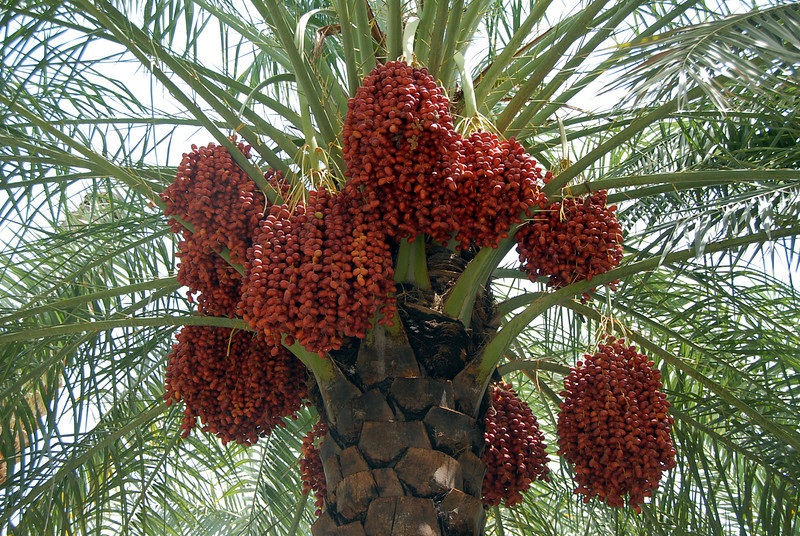
Coptic Orthodox Christians, both in Egypt and abroad, culturally celebrate the New Year by eating red dates. The dates’ red exterior symbolizes the blood of the martyrs, the white insides represent the purity of their hearts and the seeds of the dates stand for the strength of their faith. Some also eat the guava fruit, which has similar symbolism as red dates.
Deriving from the Church’s belief that the martyrs’ strength of faith is its foundation and core, the Coptic Christians relive the struggle of their ancestors through celebration and commemoration to remind themselves that these martyrs should not solely belong to the past, but ought to live on.
Subscribe to the Egyptian Streets’ weekly newsletter! Catch up on the latest news, arts & culture headlines, exclusive features and more stories that matter, delivered straight to your inbox by clicking here.
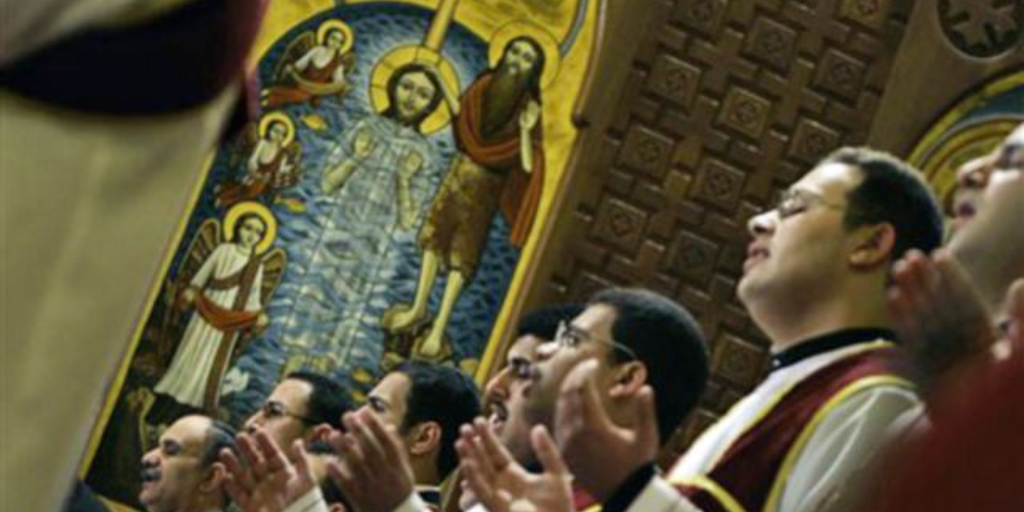


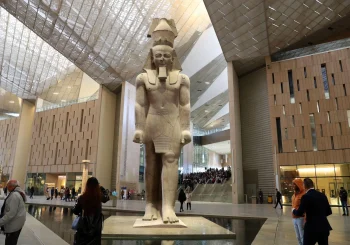


Comments (6)
[…] (adsbygoogle = window.adsbygoogle || []).push({}); Egyptian Christians Celebrate Coptic New Year Nayrouz Today […]
[…] المصدر by [author_name] كما تَجْدَرُ الأشارة بأن الموضوع الأصلي قد […]